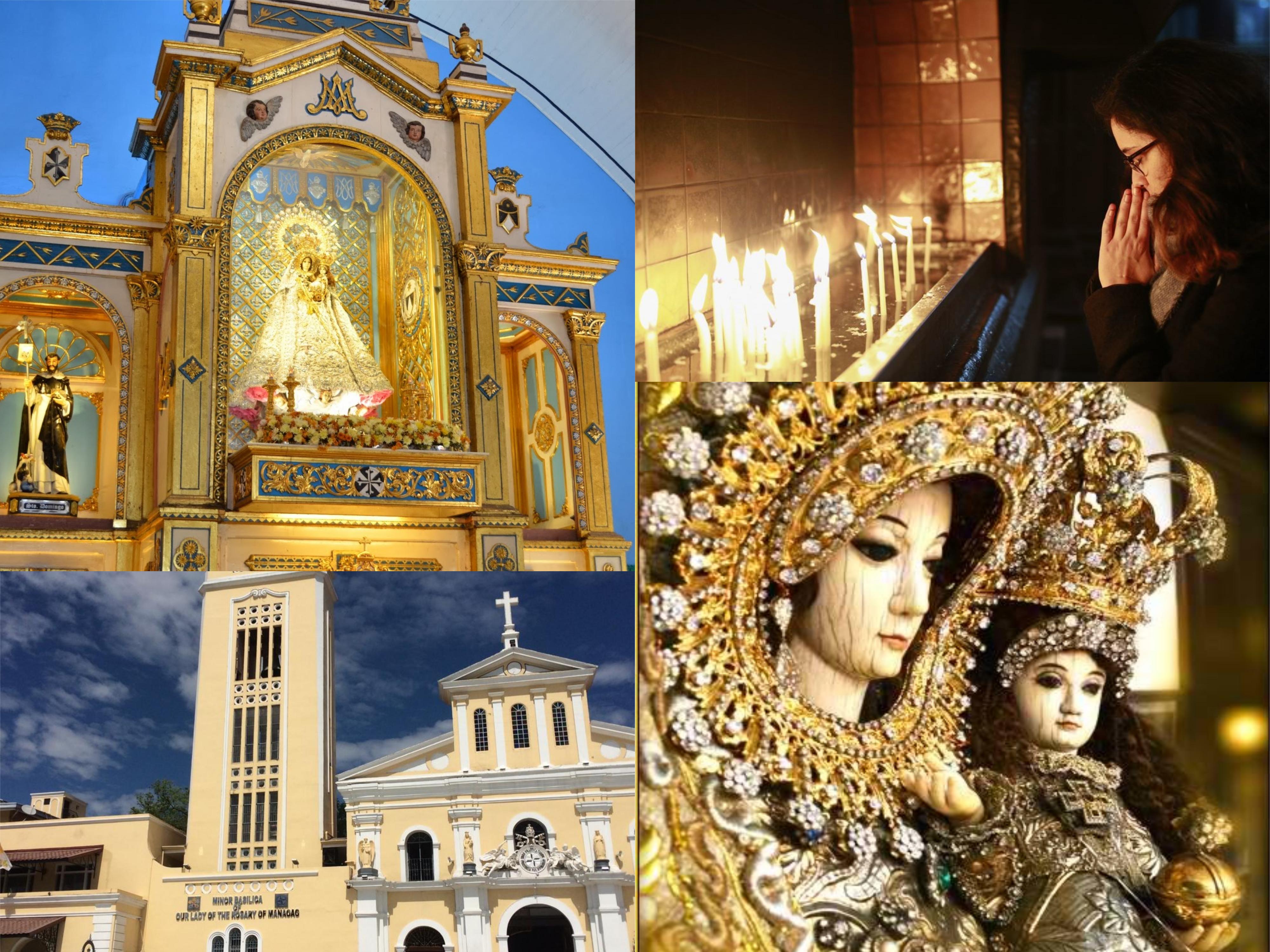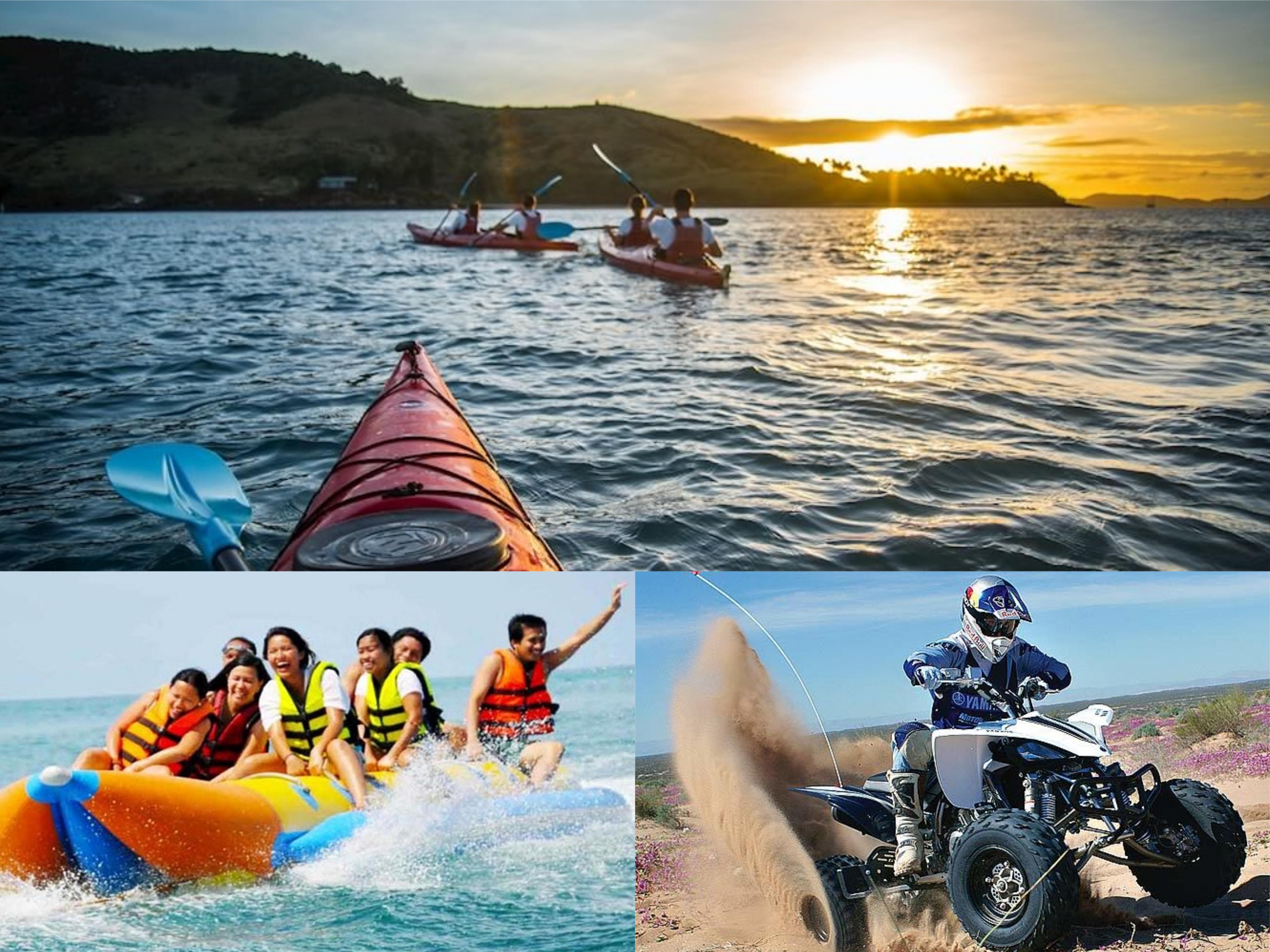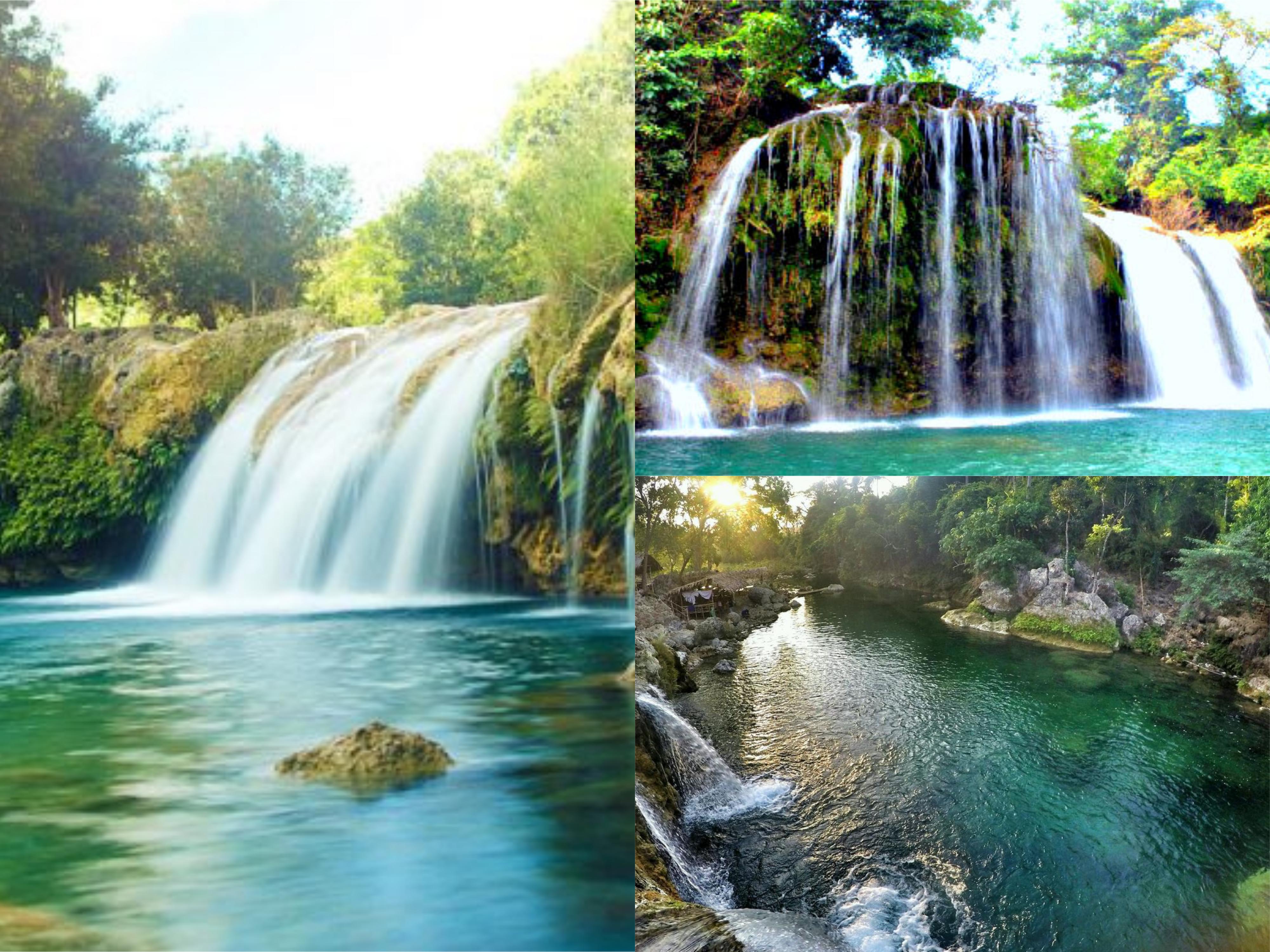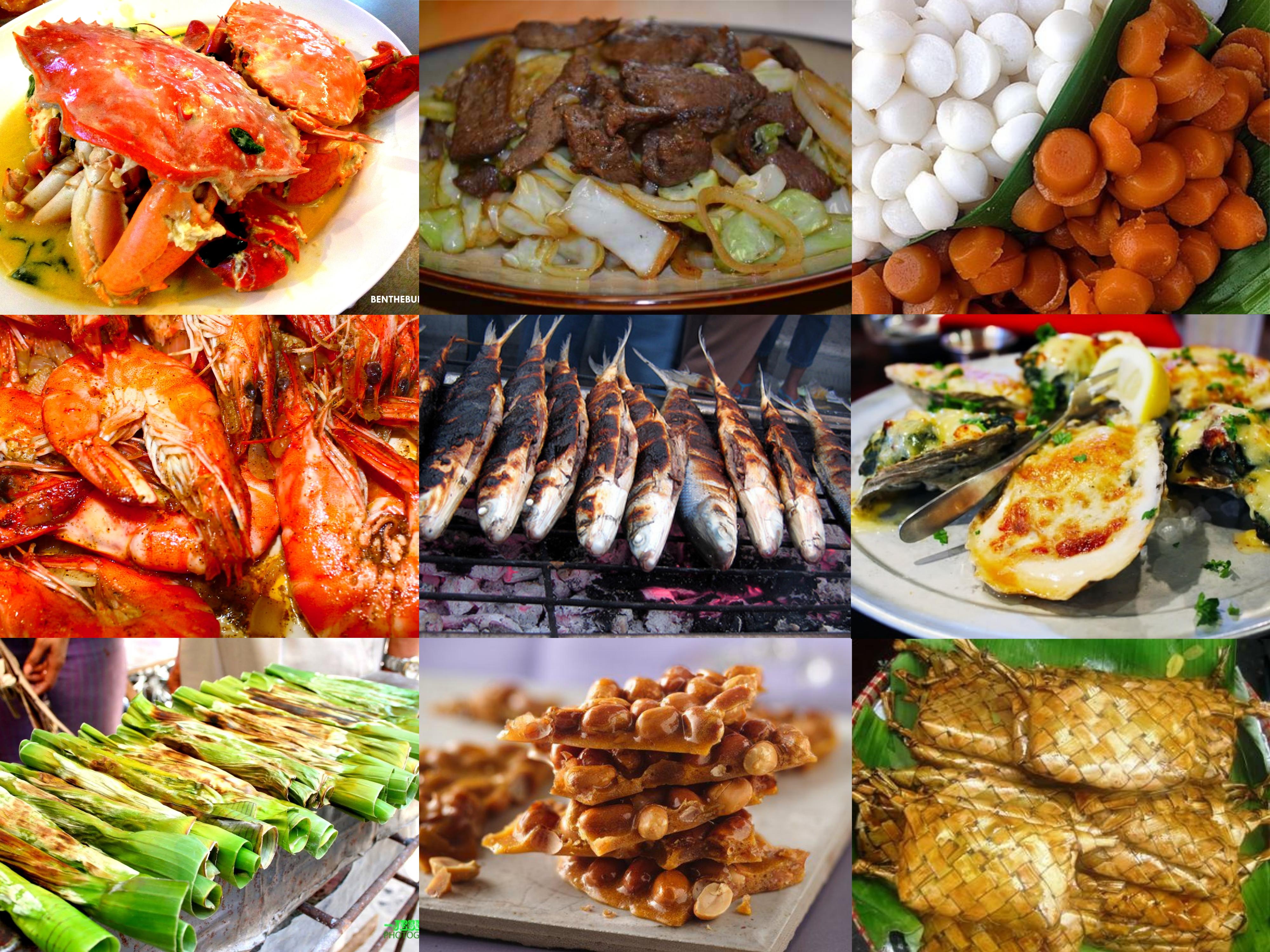


The Hundred Islands National Park is a protected area made up of 124 islands and islets (123 at high tide). The jump-off point to the National Park can be found in Lucap wharf in Alaminos. This Tourism Information Center serves as the port and entry where you can find boats bound for the islands docked near the Wharf. The fee ranges from P1,000 to P4,500 depending on the size and type of the boat and length of stay. If you’re in a big group, you can charter the boat called “The Adventure,” a large double-decker boat that has its own kitchen, television set and karaoke machine on board. Enjoy live music and a feast of fresh seafood and grilled specialties for lunch on your way to the islands. There are three major islands developed for tourism: Governor’s Island, Quezon Island, and Children’s Island. You can also stop by smaller islands like Sulpot Island, Monkey Island, Abad Santos Island and Hernandez Island.

Attracting visitors with its clear waters, gentle waves, and soft sand, Patar Beach represents a major attraction in Bolinao. Lined with palm trees, the pristine beach boasts some interesting rock formations and a variety of accommodations--ranging from high-end hotels to budget-friendly beach huts--as well as grills, restaurants, and souvenir shops. Rent a boat and go island-hopping, or kayak down the river, which runs near the beach and flows into the sea. Visit the lighthouse for scenic views of the surroundings, or consider taking a tour to some nearby waterfalls.

Admire the towering edifice of Shrine of Our Lady of the Rosary of Manaoag, a major 17th-century Roman Catholic pilgrimage site. Fourteen statues sit upon a pedestal and flank either side of your path as you approach the cathedral's three-story facade and even taller bell tower. Step through the tall archways and into the holy structure, where you'll find a contrastingly small interior, with a narrow aisle and small wooden pews under a dome roof. At the altar, look for the 17th-century image of the Virgin Mary with Baby Jesus.

Lingayen, the capital town of Pangasinan, is home to historic sites including the most beautiful Provincial Capitol in the country. Lingayen Beach has an expansive shoreline with fine sand, clear water and cool breeze.Yet unlike many beachfront areas, it doesn’t get that crowded. You can enjoy swimming and kayaking on the waters. The wide beach is also perfect for ATV rides and landboarding, a new sport similar to kitesurfing but is done on land.

Bolinao Falls is a short waterfall which is a result varying elevations of the Balingasay River, thus the water falls down to a pool of water located on a lower elevation. The "falls" system is part of a stream to which is the water from the Balingasay river is flowing from, then down to the West Philippine Sea. Bolinao Falls is about 19 kilometers away from Bolinao town proper in the middle of a wide field; to which one need to survive 6 kilometers of dirt and rocky road from the national highway of Bolinao. Its location is exactly in the middle of dirt and grasslands of Bolinao between Patar Beach and the main highway . But because the road from Patar to the falls is not yet established, the safer way to get to the water falls if coming from Patar, is to go around back to the town proper and head back south past the intersection to Anda, Pangasinan.

Pangasinan is both a coastal and agricultural province, so you can expect a lot of great seafood dishes and those made with rich farm ingredients. Must-eats around the province include bangus (milkfish) from Dagupan, dried fish, pigar-pigar (a stir-fried beef dish), anything with bagoong and longganisa (sausage) from Alaminos and Binalonan.For dessert or merienda, try Puto Calasiao, Romana’s Peanut Brittle, tupig (a rice cake made out of ground glutinous rice and coconuts strips wrapped in banana leaves then cooked over charcoal) and Binungey (sticky coconut rice cake cooked inside bamboo tubes) from Bolinao.